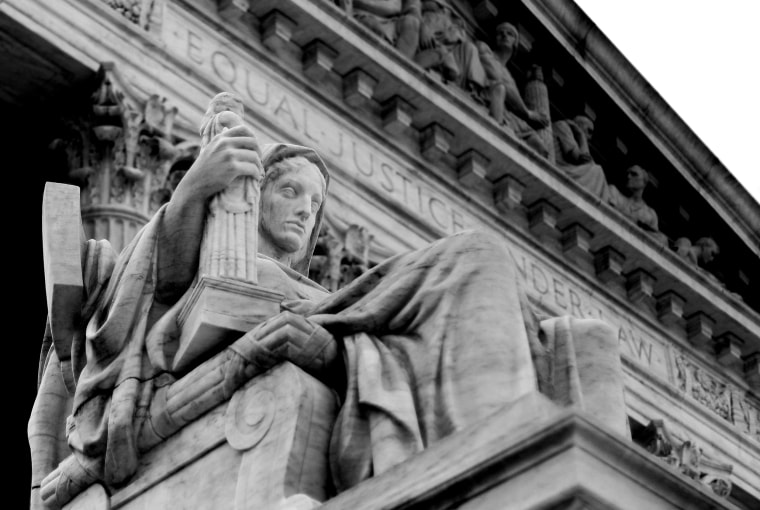New Opportunities For Finding Liability Insurance Coverage In Business Cases
By Peter S. Selvin
Many lawyers who routinely handle cases involving business disputes fail to consider whether the client’s plain vanilla Commercial General Liability (“CGL”) policy may actually afford coverage in such cases. The key is often found in the CGL policy’s “personal injury” or “advertising injury” coverages that are set forth as part of “Coverage B” in such policies.
Among the typical “offenses” found in Coverage B is the following formulation: An oral or written publication, in any manner, of material that slanders or libels a person or organization or disparages a person’s or organization’s goods, products or services.
Importantly, the claims for which there is coverage under Coverage B arise from purposeful and intentional conduct. See, e.g., Harrow Prods., Inc. v. Liberty International Insurance Company, 64 F.3d 1015, 1025 (6th Cir. 1995). Thus, conduct which is commonly alleged in connection with business torts may often fall within one or more coverage “offenses.”
Before exploring the contexts in which courts have applied the concept of disparagement there are several overarching principles that aid the policyholder in seeking coverage.
First, disparagement need not be overt, express or direct to trigger coverage. Thus, several recent cases have found that disparagement may be implied for insurance coverage purposes where, for example, a vendor claims that it was the “only producer” of a certain software product (E.piphany, Inc. vs. St. Paul Fire & Marine Ins. Co., 590 F.Supp.2d 1244 (N.D.Cal. 2008)) or where it claims that its products are “more effective” or “superior” to those made by others (Knoll Pharmaceutical Co. vs. Automobile Ins. Co. of Hartford, 152 F.Supp.2d 1026, 1036 (N.D.Ill. 2001)). Thus, disparagement sufficient for insurance coverage purposes may be found even where the insured’s competitor is not mentioned or identified by name.
Second, the particular causes of action asserted in the plaintiff’s complaint do not control whether coverage will be found. Thus, even where the specific causes of action asserted in a complaint trigger exclusions in a liability policy, coverage may nonetheless be found. The duty to defend may be triggered where, under the facts alleged, reasonably inferable, or otherwise known, the complaint could be fairly amended to state a covered liability. Scottsdale Ins. Co. vs. MV Transp., 36 Cal.4th 643, 654 (2005).
Third, at least in California a liability insurer is obligated to defend all claims asserted against its insured, including claims that are uncovered, where the underlying complaint sets forth at least one claim that is potentially covered. Buss vs. Superior Court, 16 Cal.4th 35 (1977). This means that a carrier may be required to furnish a defense to its insured as to an entire lawsuit even where only one cause of action asserts a claim that is potentially covered. This principle highlights the point that finding coverage for at least one claim may translate into the liability carrier having to defend the entire action.
With these principles in mind, the following cases illustrate several instances in which courts have found coverage for business or commercial cases under CGL policies:
Product Disparagent. The insured under a CGL policy (Charlotte Russe) was the exclusive retailer for a manufacturer of a brand of apparel (Versatile). Versatile sued Russe for marketing Versatile’s products in a manner that denigrated the premium grade and quality of those products. Thus, in its complaint Versatile claimed that Russe had promised to provide the investment and support necessary to promote the sale of Versatile’s products in a premium and high-end manner. Versatile further alleged that Russe had marketed Versatile’s products in a “fire sale” manner and at “close-out” prices. Although the trial court rejected Russe’s claim of coverage under its CGL policy, the Court of Appeal reversed. Travelers Property Casualty Company of America vs. Charlotte Russe Holdings, 207 Cal.App.4th 969 (2012).
Trade dress infringement. Another retailer was sued by its former supplier for trade dress infringement. The former supplier alleged that the retailer had improperly offered for sale “cheap synthetic knock-offs” of the supplier’s wicker furniture products. The supplier alleged damage to its reputation that would be caused when consumers encountered the alleged knock-offs and believed them to be products manufactured by the supplier. In the retailer’s suit against its CGL carrier, the Court found that because the trade dress claim raised the possibility of a disparagement claim, the duty to defend was triggered. Michael Taylor Designs, Inc. vs. Travelers Prop. Cas. Co. of Am., 761 F.Supp.2d 904 (N.D.Cal. 2011). Unfair competition and trademark infringement. A piano manufacturer sued another for holding itself out as the rightful owner of one of plaintiff’s trademarks. The gravamen of the underling complaint was the defendant held itself out to a third-party licensee (Samick) and the world as the rightful owner of a trademark owned by plaintiff. Plaintiff further alleged that defendant was contributorily liable for Samick’s acts of trademark infringement and unfair competition arising out of Samick’s use of plaintiff’s mark. Notwithstanding an express exclusion in defendant’s CGL policy for trademark infringement, the Court held that coverage would be found because the complaint could be amended to state a claim for disparagement. Burgett, Inc. vs. American Zurich Insurance Company, 2011 US Dist LEXIS 135449 (E.D.Cal. 2011)
Misappropriation of Trade Secrets. A company (General Atomics) sued a former employee who started a competing business for misappropriation of trade secrets. The former employee tendered the case to its CGL carrier who declined the tender. While the trial court declined to find coverage, the Court of Appeal reversed. It held that the CGL carrier (St. Paul) could not conclusively eliminate the possibility that the insured’s former employer (General Atomics) suffered harm from the misappropriation and use of its advertising material, an allegation that would trigger coverage under the policy. While General Atomics’ crosscomplaint only alleged that the insured and its new enterprise misused proprietary General Atomics materials, the Court of Appeal noted that it was possible that General Atomics had itself used the same materials to attract the attention of customers or increase its business. Because the use of the same materials by the insured would potentially constitute advertising injury, the Court found the cross-complaint alleged a claim against the insured and its new enterprise might have been covered. The Court of Appeal therefore reversed the trial court’s judgment. Tetra Vue, Inc. v. St. Paul Fire & Marine Ins. Co., 2013 Cal. App. Unpub. LEXIS 5074 (2013).
False Advertising. As noted above, the “offense” of “disparagement” has been found to embrace advertising claims which either expressly or by implication denigrate a competitor. E.piphany, supra, and Knoll Pharmaceutical, supra. These cases therefore support coverage in instances where a business is sued by a competitor for making claims about its products or services that are either not supported or which expressly or by implication disparage those of a competitor. The bottom line is that lawyers involved in business torts cases need to be attentive to opportunities for securing liability insurance for their clients. Indeed, these opportunities grow larger as the law in jurisdictions such as California becomes increasingly policyholder friendly.
Peter S. Selvin is a partner with Los Angeles-based TroyGould, where he specializes in the civil litigation and insurance coverage and recovery. Since 2007 he has been listed in Best Lawyers in America® for both Commercial Litigation and Insurance Law.





